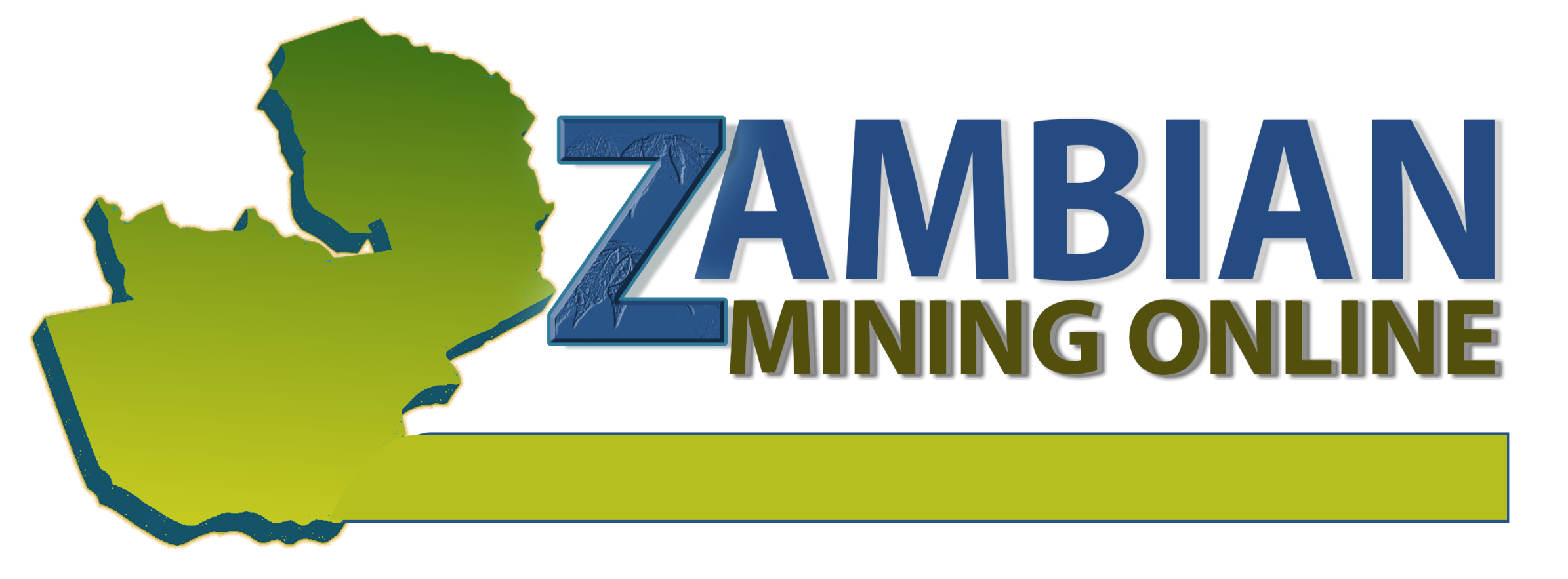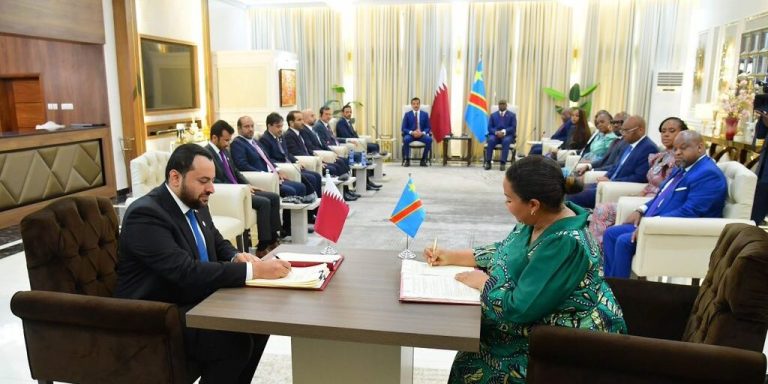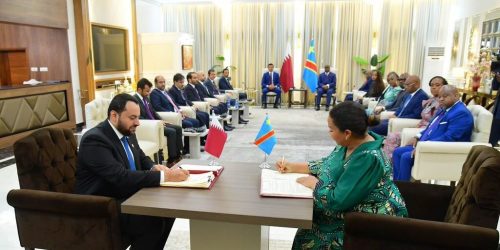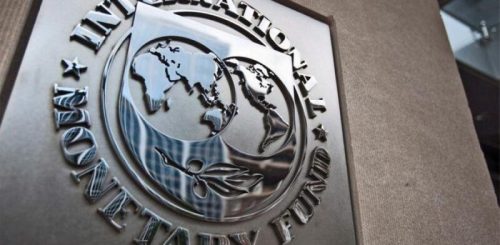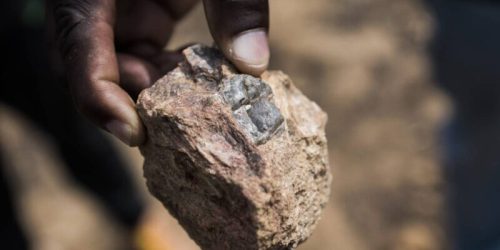By Zambian Mining Online Editorial Team
A Defining Moment for Africa’s Cobalt Industry
The Democratic Republic of Congo (DRC), which produces about 70% of the world’s cobalt, is taking an assertive step to regain control of its mining exports. President Félix Tshisekedi has announced that companies found breaching new cobalt export quotas will face permanent bans from future exports a move aimed at stabilizing the market and curbing long-standing exploitation by major buyers.
“This is more than just a policy shift it’s a message that Congo is taking ownership of its minerals,” said an industry analyst in Kinshasa.
New Quota System Launching in October
After a suspension of cobalt exports earlier this year, triggered by prices falling to a nine-year low, the Congolese government is introducing a quota-based export framework set to take effect on October 16.
Under the supervision of ARECOMS, the national mining regulator, exporters will be limited to:
- 18,125 metric tons of cobalt for the remainder of 2025
- 96,600 tons annually for 2026 and 2027
The goal is to prevent market oversupply and secure more predictable revenues for the country’s economy, which heavily relies on mineral exports.
Lifetime Bans for Violators
The new framework leaves no room for non-compliance.
President Tshisekedi emphasized that exporters who violate the quotas will face “exemplary sanctions,” including lifetime exclusion from participating in Congo’s cobalt trade.
ARECOMS will have full authority to approve, monitor, and revoke export rights, ensuring that the quota system remains transparent and enforceable. This step marks a strong stance in Congo’s bid to establish itself as a serious regulator in the global cobalt supply chain.
Industry Divided Over the New Rules
The response from major mining players has been mixed:
- Glencore, one of the largest producers operating in the DRC, has expressed support for the quota policy.
- China’s CMOC, the world’s biggest cobalt producer, has publicly opposed the move, warning it could disrupt global supply chains.
Despite such concerns, President Tshisekedi highlighted that the earlier export freeze helped cobalt prices rebound by 92% since March, calling the quota strategy “a real lever to influence this strategic market.”
Conflict and Regional Challenges
The DRC’s new cobalt policy unfolds against the backdrop of ongoing armed conflict in eastern Congo, where clashes between M23 rebels and government forces have displaced thousands of civilians. These tensions continue to complicate logistics and security for mining operations.
Meanwhile, regional talks aimed at finalizing an economic integration agreement with Rwanda intended to attract investors and stabilize mining trade ended without a deal, underscoring ongoing diplomatic hurdles.
A Ripple Effect Across Africa’s Mining Sector
The DRC’s tough new stance could reshape the broader African cobalt and battery metals landscape. Neighboring countries like Zambia, which are ramping up efforts to build local battery production and electric vehicle value chains, stand to benefit from a more structured and stable regional market.
“Congo’s quota system could push more investors to explore opportunities in Zambia’s emerging cobalt and copper corridor,” noted a regional mining economist.
As the global energy transition accelerates, African countries are increasingly asserting control over their critical minerals from cobalt to lithium to capture more value within the continent.
Key Takeaways for Zambia and the Region
- Congo’s quota enforcement could stabilize global cobalt prices.
- Lifetime export bans send a strong message to international buyers and traders.
- Zambia’s cobalt and copper industries could attract more investment as regional markets adjust.
- Stronger regional cooperation remains essential for long-term growth and investor confidence.
Zambian Mining Online Insight
Congo’s latest move is more than a domestic regulation it’s a strategic play to control the cobalt market and strengthen Africa’s influence in global mining economics. For Zambia and neighboring nations, this signals the importance of regional collaboration and value chain integration as the world pivots toward sustainable energy and electric mobility.
